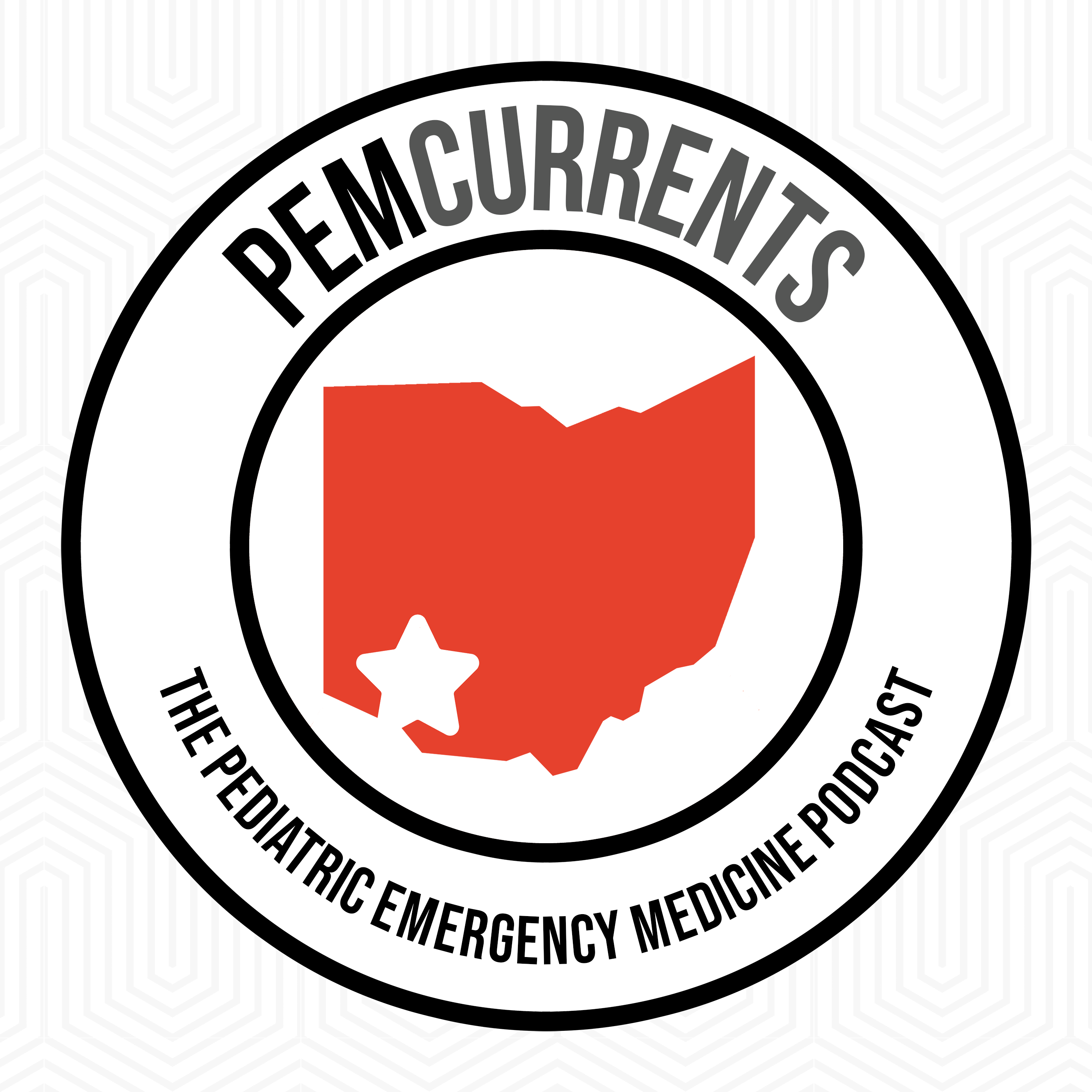This is a blog post designed to disseminate the important work of Choosing Wisely, an initiative of the the American Board of Internal Medicine Foundation, the goal of which is the spark conversations between clinicians and patients about what tests, treatments, and procedures are needed – and which ones are not.
Expert Contributors
Olivia Ostrow, MD
Hospital for Sick Children
Toronto, Ontario, Canada
olivia.ostrow@sickkids.ca
Kelly Levasseur, DO
Children’s Hospital of Michigan
Detroit, MI, USA
docklevasseur@gmail.com
Lalit Bajaj, MD
Children’s Hospital of Colorado
Denver, CO, USA
Lalit.Bajaj@childrenscolorado.org
Viral respiratory infections, like the common cold, bronchiolitis, influenza, even Covid-19, are common in children and are a frequent reason to seek medical care. The diagnosis of a virus illness is generally made clinically with a history and clinical exam and does not require confirmatory testing. Identifying the specific type of virus that are causing a child’s symptoms, like rhinovirus vs parainfluenza, is often unnecessary, especially in otherwise healthy children who are managed at home. Comprehensive respiratory viral panels (i.e., panels simultaneously testing for 8–20+ viruses) often have a delayed/ 24 hour turnaround time, so results generally don’t directly impact immediate care decisions.
Reasons to not order a comprehensive respiratory viral panel (i.e., panels simultaneously testing for 8–20+ viruses)
· Lack of consistent evidence to demonstrate the impact of results on clinical outcomes or management, especially in emergency department settings.
· National and international clinical practice guidelines, like those for bronchiolitis, do not recommend their routine use.
· A positive test can provide false reassurance to clinicians and caregivers. Many children are colonized or have asymptomatic shedding of viruses, especially in the winter months, but the virus is not the cause of their acute symptoms. A positive test does not exclude a secondary bacterial infection or co-infection.
A negative test can also provide false reassurance. It can be challenging to obtain a true nasopharyngeal specimen, especially in a non-cooperative child, so a negative test can just indicate that the specimen wasn’t obtained properly, not that a virus doesn’t exist.
· Quality benchmarks from best performing hospitals demonstrate viral testing rates can be as low as 0.6% for bronchiolitis and 1.5% for pneumonia.
· Obtaining nasopharyngeal swab specimens can be uncomfortable for children (include video showing this uncomfortable procedure)
· Clinician time, especially pressure nursing time, to complete
· viral tests are quite expensive
Sometimes there are specific indications TO order:
· High-risk patients (eg, immunocompromised) or in situations in which the results will directly influence treatment decisions such as the need for antibiotics, performance of additional tests, or hospitalization.
· Testing for specific viruses might be indicated if the results of the testing may alter treatment plans (e.g., antivirals for influenza) or public health recommendations (e.g., isolation for SARS-CoV-2). For more specific recommendations related to diagnosis and management of SARS-CoV-2, please see www.aap.org/en/pages/2019-novel-coronavirus-covid-19-infections/)
· Hospitalized patients where tests impacts cohorting decisions, like in intensive care.
Messaging for patients and families
When children have a viral respiratory illness, it is usually pretty self evident based on their symptoms e.g. runny nose, cough, congestion. As we emerge from the Covid-19 pandemic, it’s important to remember that most viral respiratory infections can be diagnosed based on symptoms alone, and in otherwise healthy children, they are all generally managed the same. Most children do not need and should not be tested for respiratory viruses. Viral testing with nasal swabs is uncomfortable, not always obtained correctly, especially in children, plus requires a fair amount of nursing and laboratory time and is expensive to complete. So let’s spend time focusing on what you can do to help child feel better: rest, lots of fluids and fever medications and not spend time on tests that aren’t needed
Messaging for colleagues and consultants
While a respiratory viral test can be helpful for certain viruses, like influenza, and/or for high risk patients, how will the results of this test impact this patient and who is going to follow-up the result? Remember most healthy children don’t have any indication for testing and a positive test does not necessarily mean that the virus is causing the present symptoms. In fact, studies have shown up to one third of healthy children (without any symptoms) attending daycare tested positive for a respiratory virus. While there are lots of options for testing these days, remember that these tests don’t always add value to patient care. It is not good enough to simply ‘do’ things because we ‘can’, it has to be ‘right’. We understand many families request this test and we urge you to talk with them about these recommendations so we can move to reducing the number of clinical tests that will not change management.
The Choosing Wisely recommendation:
Do not obtain comprehensive viral panel testing for patients who have suspected respiratory viral illnesses

This episode of PEM Currents: The Pediatric Emergency Medicine Podcast features a fascinating discussion with Dr. Olivia Ostrow and Dr. Kelly Lavasseur about viral testing.

Penetrating Neck Injuries – PEM Currents: The Pediatric Emergency Medicine Podcast
References
Gill, PJ, Richardson, SE, Ostrow O. Testing for respiratory viruses in children: to swab or not to swab. JAMA Pediatr. 2017;171(8):798-804
Noël KC, Fontela PS, Winters N, et al. The clinical utility of respiratory viral testing in hospitalized children: a meta-analysis. Hosp Pediatr. 2019;9(7):483-494
Parikh K, Hall M, Mittal V, et al. Establishing benchmarks for the hospitalized care of children with asthma, bronchiolitis, and pneumonia. Pediatrics. 2014;134(3):555-562
Innis K, Hasson D, Bodilly L, et al. Do I need proof of the culprit? Decreasing respiratory viral testing in critically ill patients. Hosp Pediatr. 2021;11(1):e1-e5












